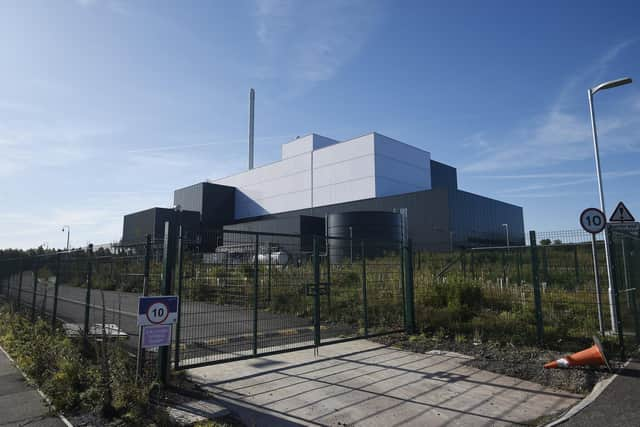Sustainable Growth Agreements can provide an optimistic and greener outlook - Emma Peveril


Scotland’s current Climate Change Plan aims to deliver an overall reduction in emissions of 33 per cent from Scotland’s buildings and low-carbon technologies will supply heat to 35 per cent of domestic and 70 per cent of non-domestic buildings by 2032.
With the UK hosting COP26 in November, Scotland has the opportunity to take a leading role on the world’s stage by demonstrating its capability to facilitate real and meaningful change.
Advertisement
Hide AdAdvertisement
Hide AdIn recent weeks, the four main goals of COP26 have been published. One goal is to strive for all nations to work together towards the common objective of tackling and mitigating the effects of climate change. So, what examples are already in place in Scotland that demonstrate a desire to collaborate on sustainable development?


Sustainable Growth Agreements, or SGAs, are formal, non-binding agreements between the Scottish Environmental Protection Agency (SEPA) and one or more organisations with the aim of promoting environmentally sustainable outcomes.
SGAs drew the attention of the media spotlight in 2019 when SEPA announced that it had entered a three-year SGA with Midlothian Council and Shawfair, the developer of the Shawfair town development on the outskirts of Edinburgh.
Included in the objectives of the Shawfair SGA is a commitment to deliver a district heating system powered by surplus zero-carbon heat produced at the Recycling and Energy Recovery Centre at nearby Millerhill.
District heating works by distributing heat from one source through insulated pipes, instead of individual central heating systems within each building or home. Heat networks can utilise a variety of heat sources, all of which have varying degrees of carbon intensity. They are often more efficient than individual fossil fuel heating systems.
As a result, occupiers of the Shawfair development should benefit from lower energy bills. The Shawfair SGA also covers provision of electric vehicle charging infrastructure and effective waste management.
Since the Shawfair SGA, SEPA has agreed to other SGAs with partners such as Robertson Group and Scottish Water, where improvements to environmental and sustainable performance underpin the ethos of each SGA.
The legacy of the Shawfair SGA will hopefully set a precedent for the future of sustainable development in Scotland.
Advertisement
Hide AdAdvertisement
Hide AdSo, what are the benefits of an SGA, and will we see them used more in the lead up to COP26 and beyond?
SGAs demonstrate a commitment to achieving sustainable objectives by the parties. If a signatory to an SGA happens to be a local planning authority then, as the governing body responsible for issuing planning consents (and imposing planning conditions), they can streamline the decision-making process, because the parties’ objectives are clear at the outset. SEPA will also provide the relevant organisation with regulatory support
SGAs are not binding; they’re completely voluntary. They offer flexibility in their scope and timescales, but a signatory will not be held to account if they don’t meet any of the proposed outcomes set out in the relevant SGA.
Similarly, there’s no mechanism in place to provide such recourse. On the face of it, SGAs are simply mere statements of intent – but that doesn’t mean the statement isn’t a powerful one. It may not be appropriate to impose binding commitments or obligations in an SGA. In this context, perhaps it is better for the relevant planning authority to impose such terms and conditions when issuing consent for the development.
What is clear, however, is that positive statements on sustainability, when accompanied by a track record of delivering sustainable projects, attract investment – and investment means accountability.
Accountability of the parties makes it less likely to deviate from what they set out to deliver. While collaboration will be at the heart of COP26, forging alliances to deliver sustainable and profound projects can only result in a more optimistic and greener outlook. SGAs may therefore be the green shoots of our recovery.
Emma Peveril is a lawyer in DLA Piper’s Real Estate practice, based in Edinburgh